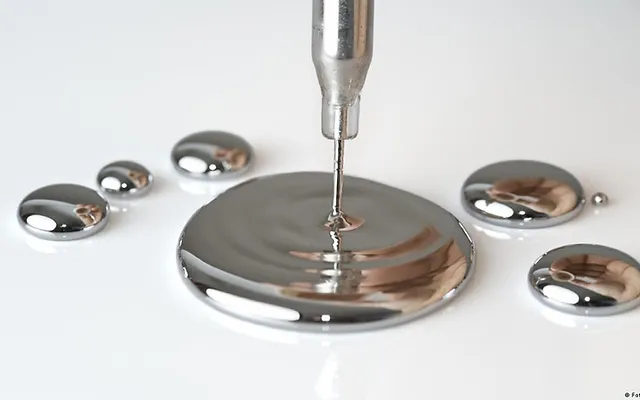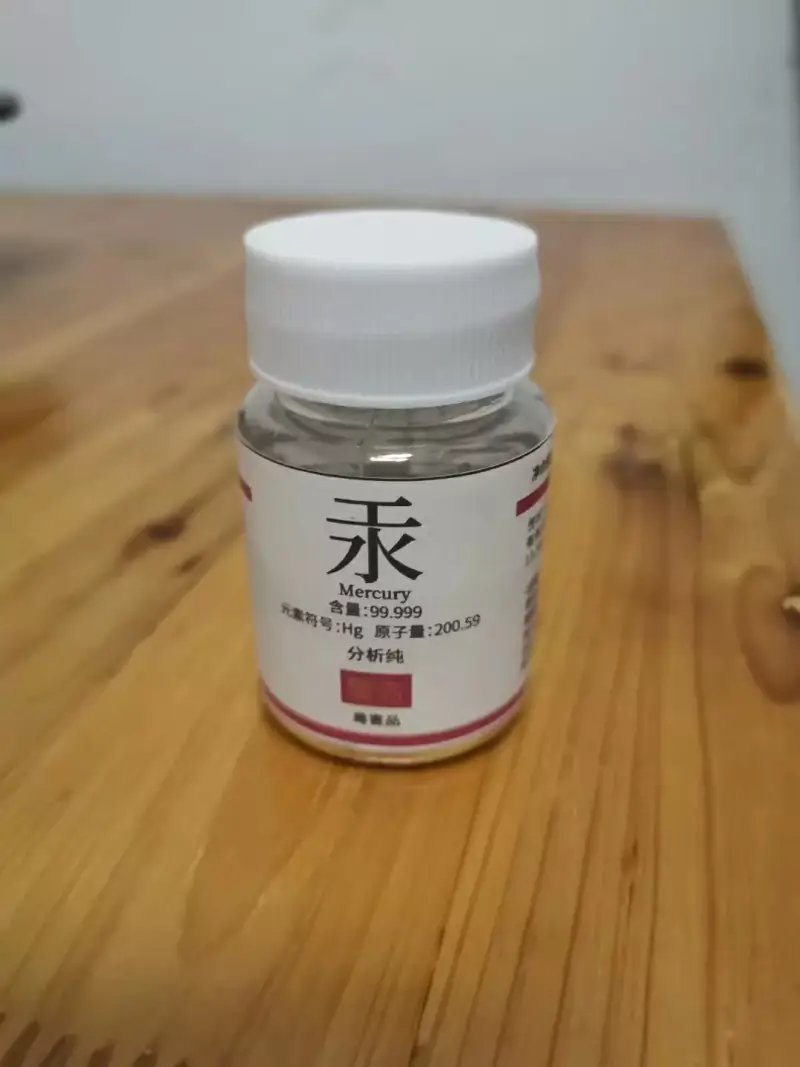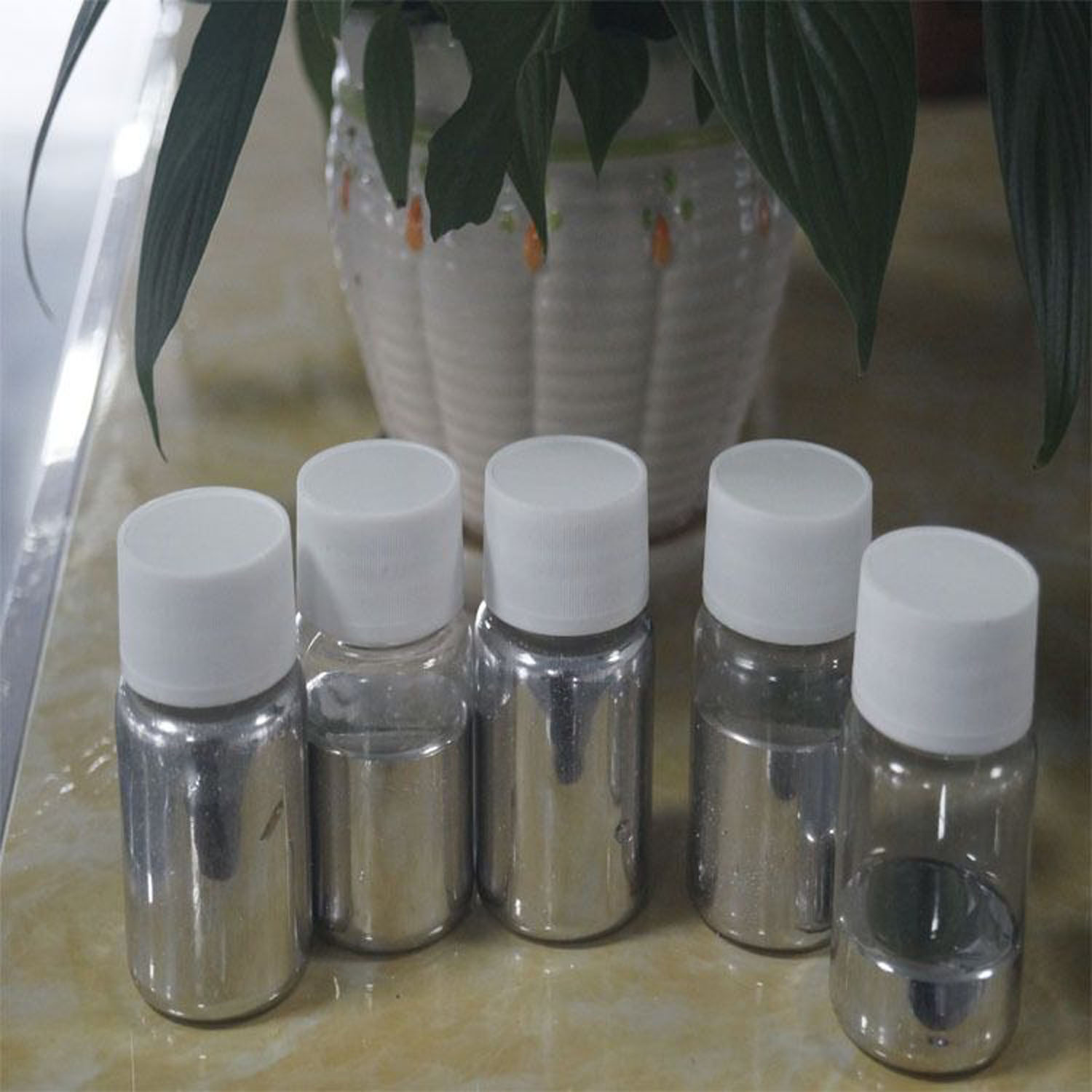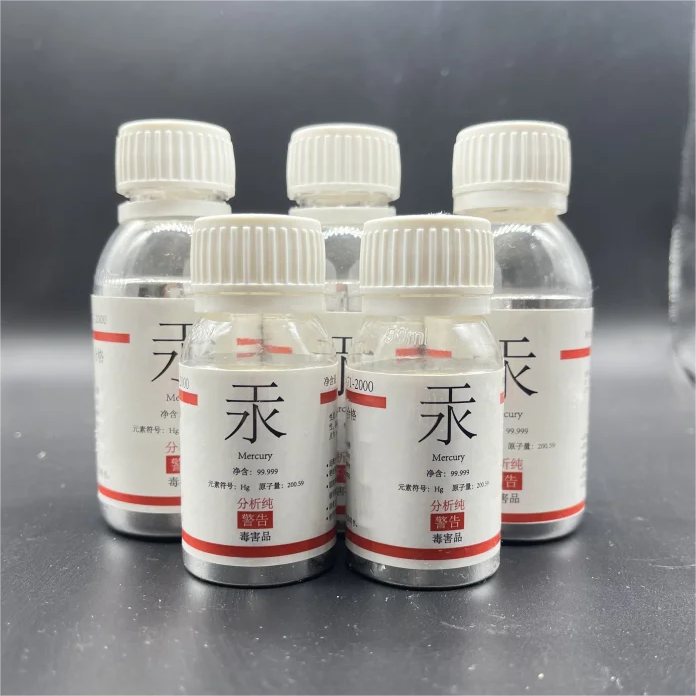Description
Silver liquid mercury, often referred to as elemental mercury, is a fascinating substance that has captivated both scientists and the general public for centuries. Characterized by its high density and shimmering, metallic appearance, mercury is unique among metals as it is the only one that remains in a liquid state at room temperature. When discussing mercury of exceptional purity—like 99.999999%—the implications are significant, particularly in scientific applications. This ultra-pure form minimizes the introduction of impurities that can affect experimental results, making it invaluable in various fields such as electronics, thermometers, and barometers.
The interest in liquid mercury also extends to its historical uses in medicine and alchemy. Historically, it was once employed in treatments and was thought to possess curative properties. However, due to its toxicity, particularly in high concentrations, the use of mercury in medicine has been largely abandoned in favor of safer alternatives. The dangers associated with mercury exposure have led to strict regulations regarding its use and disposal, highlighting the importance of handling this heavy metal with caution.
In contemporary science, ultra-pure silver mercury is utilized primarily as a reference material in analytical chemistry and as a standard for calibrating various instruments. Its stability and well-understood properties make it a reliable component in experiments. Nevertheless, the environmental and health concerns associated with mercury have spurred ongoing research into safer alternatives and methods for remediation, emphasizing the need for responsible stewardship of such a remarkable yet hazardous element. As we continue to explore the myriad applications and implications of mercury, its dual nature as a valuable resource and a health risk remains at the forefront of scientific inquiry.








